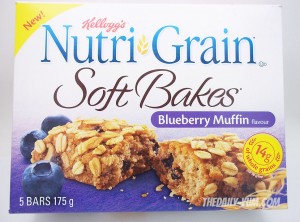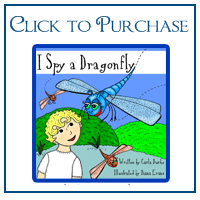Peanut Allergy Study With Xolair: Impressive Results
A new pilot study testing “rapid” peanut desensitization has resulted in 92 percent of subjects being able to tolerate 160 to 400 times more peanut than they could at the study’s outset.
Published in the Journal of Allergy and Clinical Immunology, the study’s aim was to test whether combining the asthma drug omalizumab – known by the brand name Xolair – with controlled peanut exposures would speed up and/or improve the process of oral immunotherapy or OIT. In OIT, the patient consumes tiny, then increasing amounts of an allergen with the aim of becoming desensitized to it.
Though the study was small, the results were impressive. The 13 participants, all highly allergic to peanut, were pre-treated with Xolair for three months. Then, after just one day of OIT treatment, all of them were able to tolerate 992 mg of peanut flour. After an average of eight weeks, 12 out of 13 patients were able to tolerate 4,000 mg of peanut flour, or roughly 10 peanuts. At this point, treatment with Xolair stopped, but the subjects continued to eat 4,000 mg of peanut per day.
Six months later, they were all able to tolerate about 20 peanuts without reacting. Depending on the patient, this represented an increase of 160 to 400 times what they could tolerate when the study began.
By using the combination of Xolair and OIT, the patients were able to become desensitized much more rapidly than previous studies have shown. For example, a previous peanut desensitization study that didn’t use Xolair found that it took an average of 30 weeks for subjects to reach doses of 500 to 2,000 mg of peanut. With Xolair incorporated into the treatment method, not only was the amount of time required cut by more than half, but the amount of peanut tolerated was more than doubled.
Xolair works by preventing IgE antibodies (the antibodies involved in allergy) from attaching to mast cells in the body, which is an important step in the process that leads to allergic reaction. Xolair is typically used for allergic asthma.
However, there were some drawbacks to the treatment: 2 percent of peanut ingestions were associated with reactions. While most of these were mild and easily controlled with antihistamines, three patients had reactions that required epinephrine. However, considering how quickly the peanut doses were increased, and that the patients were a high-risk group to begin with, the study authors note that overall the reactions were “surprisingly mild”.
The next step for this research is to conduct a much larger study. If results are similar, this could represent a giant step forward towards a food allergy treatment.




































